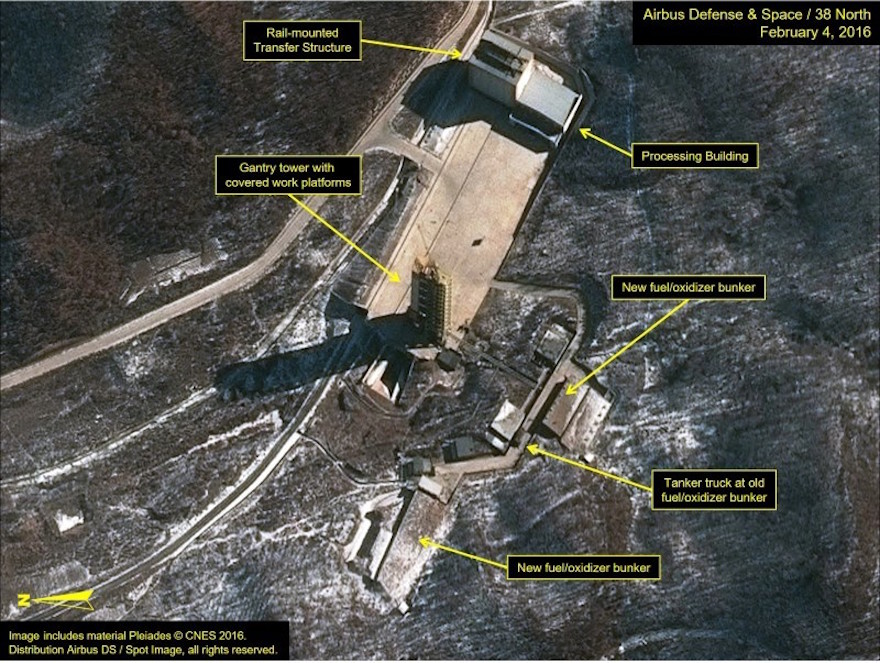His name is Joseph Yun, a U.S. diplomat at the United Nations, one that the North Korean regime has reached out to more than once. Most recently it was over the return of Otto Warmbier and his release.

Under the Obama administration, all talks were terminated where at the time Sweden was the communications envoy of record. With the transfer of power and government to Donald Trump, Pyongyang opened up the back channel via the United Nations to Joseph Yun, who has long diplomatic experience in the region.
While preparations are in place according to President Trump should Kim launch his 4 missiles toward Guam, Pentagon Chief Mattis declares the United States and allies are ready. That still leaves North Korea with nuclear weapons, a condition every expert is omitting in talking points. Secretary of State Tillerson says his work is to get North Korea to stop with the missile program, and that will not likely occur as it is a proxy operation of Iran.
The Kim regime is keeping his estimated 60 nuclear weapons for a bargaining tool and global legitimacy. That is the real problem. Many expert declare that North Korea always backs down in the end when they get food or sanctions relief but we are dealing with a new Kim that is far more unpredictable than his father.
So, what can the U.S. and allies do going forward? Shall we continue to rely on China? They are anything but a friend or a cooperative partner stating in local Chinese news that China will remain neutral should Kim strike first. Further, China declared that if the United States went to a preemptive posture, China would stop us.
China wants total ownership and power in the region and certainly when it comes to navigation, so any U.S. naval activity angers them.
The United States has other options and tools, where not one but a combination of all may also be deployed. That includes forcing a regime change, not always the best solution. Then there is the special forces deployment to covertly enter North Korea and work on a detonation of key command and control sites. Special operations has trained for this kind of operation for more than 20 years.
There is a cyber option, a tool that several experts declare have already been used that Kim’s missile miss targets or fail on re-entry.
Dealing with China to control North Korea is a fool’s errand as Russia and Iran are part of the total equation. There could still be wider consequences when the United States and allies prevail over North Korea on the missile side, again the nuclear inventory remains and is traded to other rogue nations such as Iran or Syria.
There are other allies included in the variables regarding North Korea. They include Australia, Japan and Britain, where Canada, Germany and France remain silent. Japan has just deployed a missile defense system in a defensive mode.
The media continues to declare that any military conflict will lead to millions dying. That is only true if North Korea is successful on a land based conflict hitting Seoul. The U.S. uses only precision guided munitions where collateral damage would not affect other regions of North Korea, hence millions would not escape across the Yalu river into China. China has a standing army at that border preventing such an event.
China and North Korea want the peninsula to be unified and under Chinese control which is much the case to the waterways in dispute along with the contested islands. China fears that the United States is working to unify the peninsula under S. Korean control, which has not been an objective.
In summary, while fear for days has been the media headlines, it cannot be fully dismissed, however, a near term conflict will be likely resolved, leaving North Korea with a viable nuclear weapons and missile program. The coordination between Iran and North Korea will continue in that same realm and Trump is left with the same festering issue of previous president.
Will there be a Chinese naval blockade if the United State and allies go for a preemptive strike? Perhaps that New York Channel to Pyongyang has the burden of finding out. Has someone sent an envoy to Tehran yet with these discussions? Nah….Russia meanwhile is keeping a keen eye on all of it.









